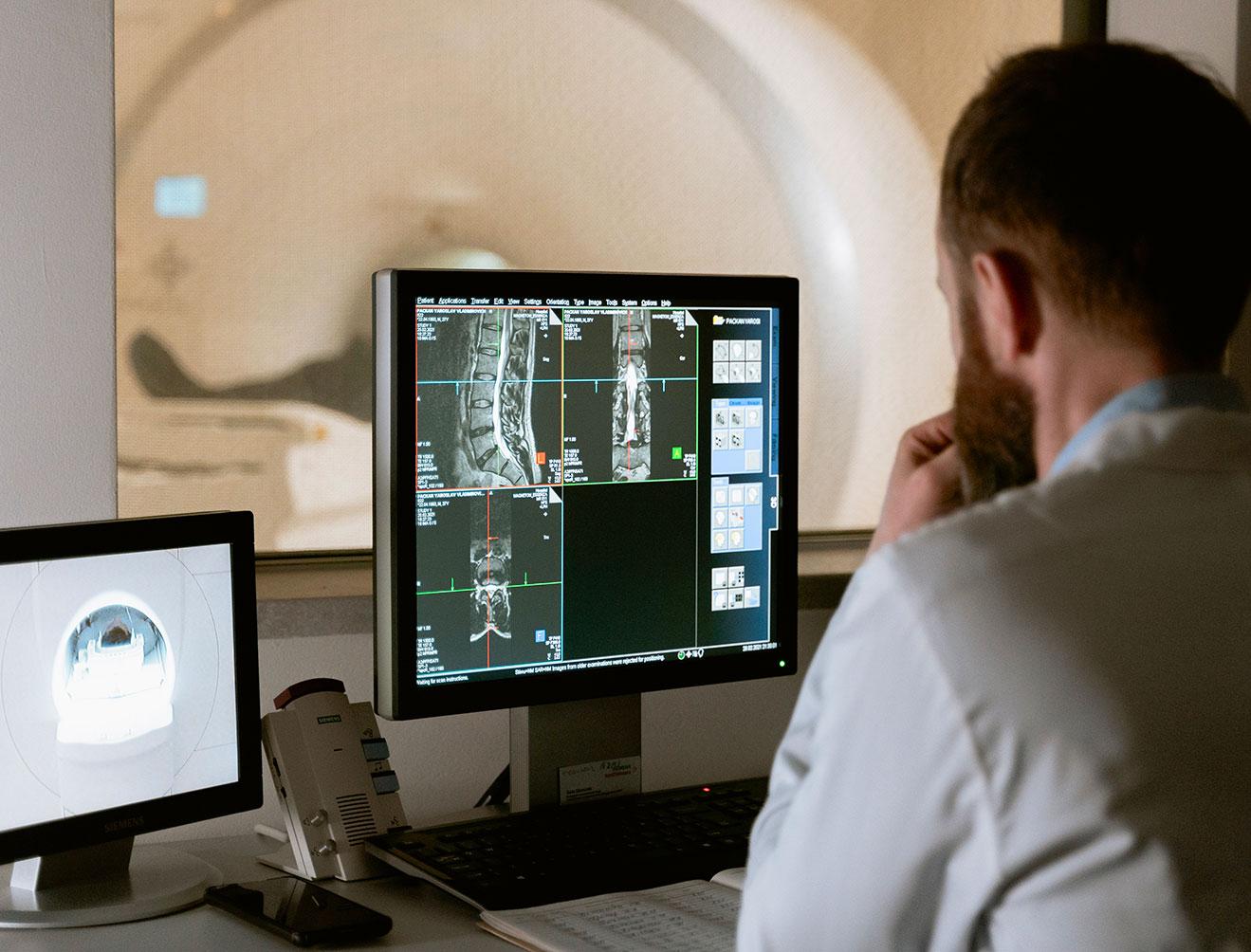
The word digital health was first used in 2000 by Frank Seth (Frank, 2000). Initially it referred to the use of the internet as a mean to improve medical information for patient but also as a tool to support healthcare businesses. The concept of digital health is now broader and include different type of scientific and technical disciplines (genomics, machine learning, engineering, analytics) and can be applied to a wide range of activities in medicine and in the healthcare industry. The World Health Organisation (WHO) published a classification of digital health (WHO, 2018).
Mobile health (mHealth) is a category of digital health. The WHO defines mHealth as the “use of mobile and wireless technologies to support the achievement of health objectives”, while The National Institutes of Health (NIH) gives a broader definition as “the use of mobile and wireless devices (cell phones, tablets, etc.) to improve health outcomes, health care services, and health research”. The end-users of mHealth technologies are diverse and include, for example patients, doctors, nurses and pharmacists. In clinical medicine, mHealth technologies are used in many areas such as disease prevention, management of chronic diseases, mental health, treatment adherence. So far, hundreds of mHealth products have been approved by the FDA, opening new market opportunities for the pharmaceutical and the MedTech industries (Onodera and Sengoku, 2018). The rapid development of mHealth technologies, which often don’t follow the traditional path of product development that exists in the healthcare industry, especially the use of clinical trials to demonstrate benefits, has generated a new and vast ecosystem, in need of a specific regulation (Mathews et al., 2019). In this regard, the FDA created the Digital Health Unit in 2017 and approved in the same year the first mHealth application (Onodera and Sengoku, 2018).